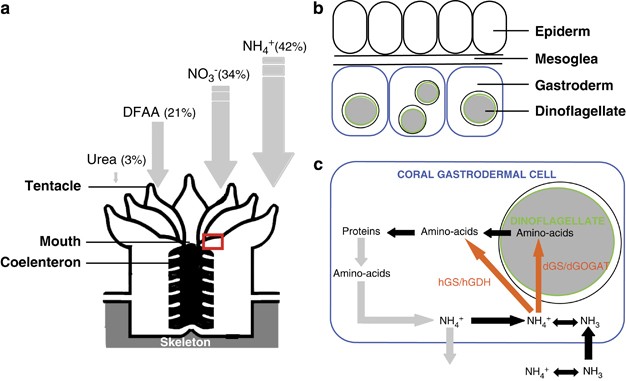I recently read a thread where @jda suggested dosing ammonium (from Home Depot or Lowe's) instead of ammonia. He's brought it up multiple times that our phosphate and nitrate levels are the result of unused ammonia/ammonium in our tanks. His point seems to be why dose the end-result instead of the initiator? I like his thinking.
He also agrees with many others that we shouldn't let our phosphate and nitrate levels go to zero.
He also agrees with many others that we shouldn't let our phosphate and nitrate levels go to zero.





















